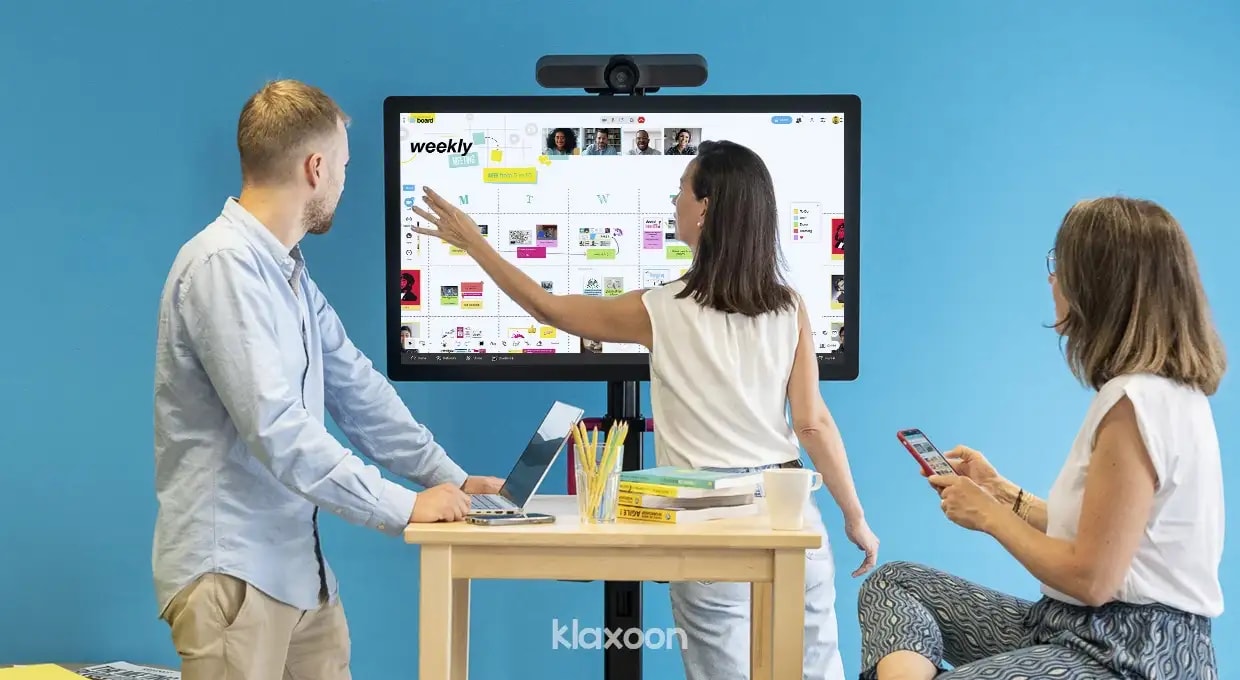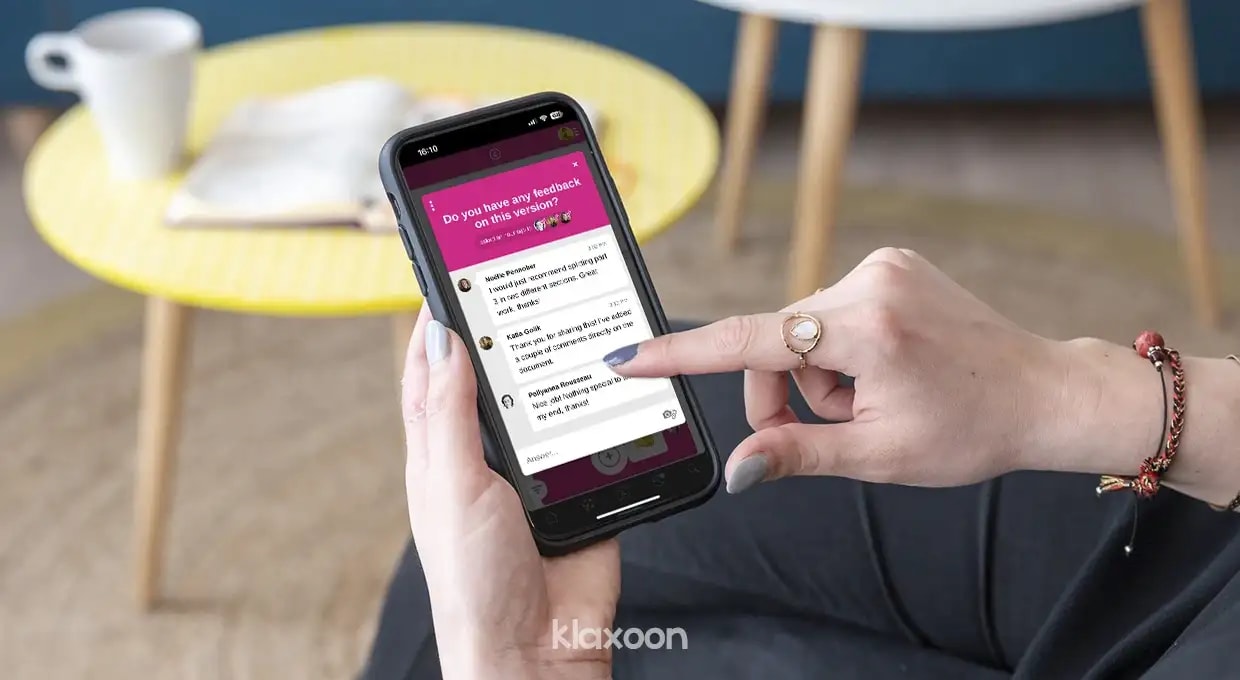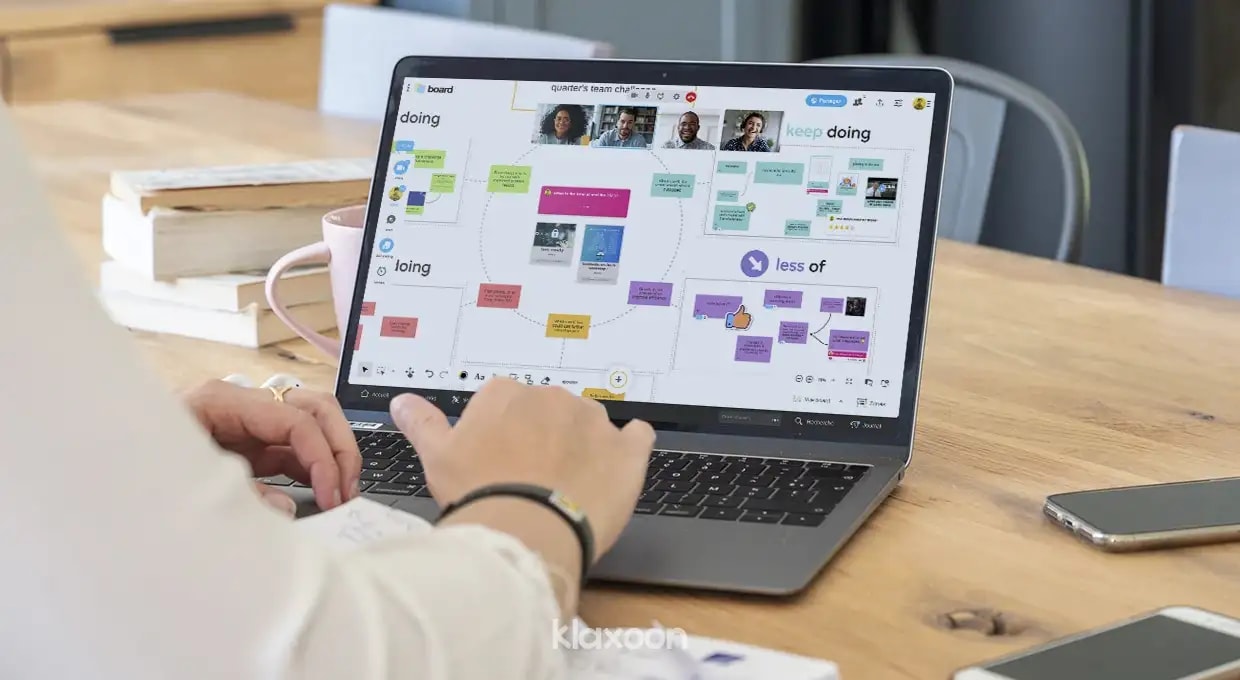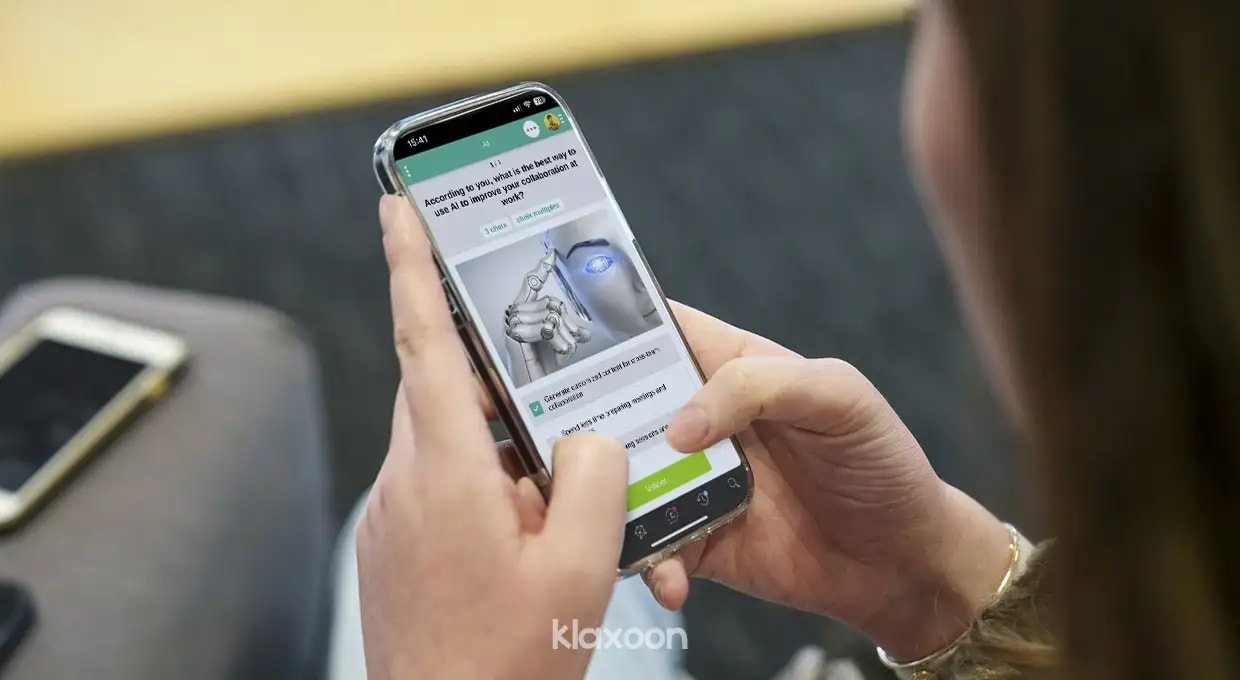Emerging trends for a collaborative workspace in 2024
Published on February 14, 2025
2023 has highlighted the need for a transformation of practices within organizations, whether digital or organizational. The progression of workplace collaboration stands as a pivotal concern, particularly for executive leaders. It is imperative for business leaders to continually strengthen this aspect, all the while considering the predominant collaborative work trends that will shape the landscape in 2024.


An innovative collaborative workspace is key for meeting the professional challenges that will define 2024.


In a Question, participants can easily contribute asynchronously, and are notified in real time when a new answer is sent.


Klaxoon offers a complete visual work environment, where every tool contributes to overall efficiency and accelerates decision-making.


Thanks to the integration between Klaxoon and Jira, facilitate your agile project management with the power of visual collaboration!


Interactive formats like Klaxoon’s Surveys can easily be enriched and personalized.